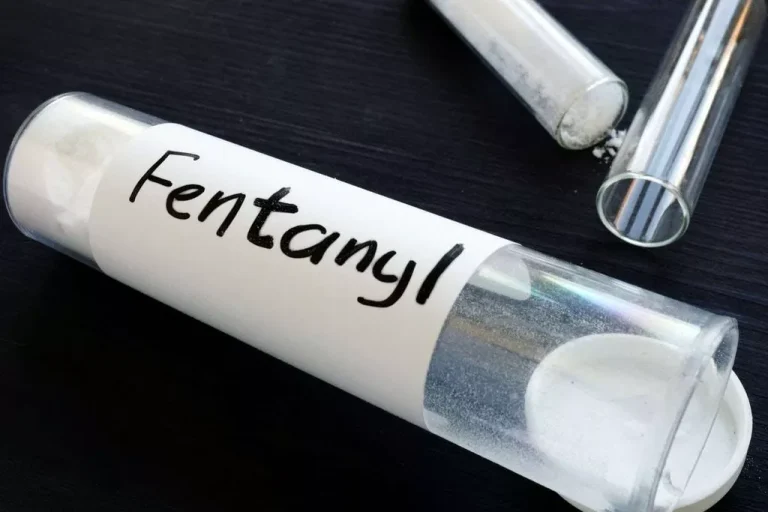
Most recently, Mengod et al. (2015) reviewed the cartography of 5-HT1A and 5-HT2A receptor subtypes in the PFC and its projections. They conclude that in the rat PFC, 5-HT2A receptors are expressed in pyramidal tract neurons that project to the dorsal raphe nucleus, VTA, and nucleus accumbens. It is clear that specific ligands interact with the 5-HT2A receptor to activate the PLC and PLA2 are psychedelics addictive pathways to different extents. At the rat 5-HT2A receptor expressed in NIH3T3 cells, for example, LSD, DOB, psilocin, and 5-MeO-DMT have different EC50 values and intrinsic activities in activating the AA and PI turnover pathways (Kurrasch-Orbaugh et al., 2003b). In that study, nearly all of the compounds studied had greater potency in inducing AA release than in stimulating PI turnover.
- Lower frequency oscillations, particularly in the α range, mediate rhythmic cortical inhibition of neuronal ensembles (see references in Kometer et al., 2015).
- Neuroscientist Deborah Mash, professor of neurology and molecular and cellular pharmacology, Leonard M. Miller School of Medicine, has been studying the effects of ibogaine in substance-use disorders for more than three decades.
- When one considers all of the key brain areas noted in this review that either express or are directly affected by 5-HT2A agonist interactions, it should be no surprise that the psychopharmacology of psychedelics is so complex.
- Among people aged 12 or older in 2020, 0.2% (or about 493,000 people) had a hallucinogen use disorder in the past 12 months.
- The BOLD signal measures local fluctuations in deoxyhemoglobin concentrations, and some degree of controversy remains as to what the BOLD signal actually represents (Viswanathan and Freeman, 2007).
In fact, researchers are investigating the hallucinogenic drugs’ ability to treat other substance abuse disorders.
Even though individuals appear to develop some level of tolerance to LSD, there is no significant literature describing withdrawal symptoms; thus, there is no evidence that physical dependence on LSD occurs. There does not appear to be any significant literature associating LSD use with the development of a substance use disorder or addiction, although there are most certainly isolated cases of chronic LSD abuse. The BOLD signal measures local fluctuations in deoxyhemoglobin concentrations, and some degree of controversy remains as to what the BOLD signal actually represents (Viswanathan and Freeman, 2007). It is known that cerebral vasoconstrictors can cause an increase in deoxyhemoglobin concentration, resulting in a decrease in the BOLD baseline resting signal (Mulderink et al., 2002). Thus, using hemodynamic neuroimaging signals as proxy measures for neuronal activity makes off-target effects, including nonhallucinogenic and peripheral actions mediated by other receptor subtypes, an important consideration if a drug has vasoactive properties in addition to its effects on neurons. The field of cognitive neuroscience is addressing the challenge of attempting to understand consciousness and how it arises within the brain.
Is psilocybin addictive? Do people experience psilocybin-related withdrawal?
Taking a high-level perspective, we address both psychological and psychiatric risks, such as abuse liability and potential for dependence, as well as medical harms, including toxicity and overdose. We explore the evidence base for these adverse effects to elucidate which of these harms are based largely on anecdotes versus those that stand up to current scientific scrutiny. Psychedelics have become popular in recent years as a potential treatment for certain health conditions. So far, there’s some evidence that most psychedelics have a lower risk for addiction, especially when used in a healthcare setting. But more research is needed before we fully understand the pros and cons of using psychedelics as medicine.

Psychedelics and Mental Health: A Population Study
Other aspects of the binding modes they present also are unexpected, because F6.52 (known to engage the aromatic rings of 5-HT2A agonists) does not engage the indole ring of serotonin or any of the other ligands they explored. Previous site-directed mutagenesis studies have identified both F6.51 and 6.52 to be within the 5-HT2A agonist binding pocket (Choudhary et al., 1993, 1995; Roth et al., 1997b; Braden et al., 2006). It also is well known that the 2-methoxy of phenethylamines (e.g., 2,5-dimethoxy-4-nitrophenethylamine, one of the ligands studied) is crucial for activity, yet their molecular dynamics simulations and docking poses assign no evident role to a complementary residue in the receptor. Nonetheless, if properly done, the type of approach employed by Martí-Solano et al. (2015) likely could be used to help in the identification of the structural basis for functional selectivity.
“In fact, I would encourage any company that has promising data to share their early safety and efficacy data with the Food and Drug Administration and request a fast-track approval.” So Mulligan launched into action, connecting Hubbard with “all my ibogaine A-team.” He responded with enthusiasm, dedicating nights and weekends to reading all he could about the drug and connecting with dozens of researchers, philanthropists, and activists. He and his wife spent $5,000 of their own money to travel to New York City to meet Mulligan and her colleagues—a “personal investment,” Hubbard says, in finding a solution for Kentuckians. Methadone and buprenorphine (under the brand name Suboxone) are the gold-standard treatments for opioid dependence, but anywhere from 40 percent to 80 percent of people who take these synthetic opioids relapse.

Lerner and Lyvers (2006) compared users of psychedelic drugs with users of nonpsychedelic drugs and nonillicit drug–using social drinkers. Compared with the other two groups, psychedelic drug users scored significantly higher on mystical beliefs (e.g., oneness with God and the universe), life values of spirituality, and concern for others, and scored lower on the value of financial prosperity, irrespective of culture of origin. Peyote (Lophophora williamsii) is a small cactus native to the American Southwest and Northern Mexico that has been used for millennia and is consumed as a sacrament during services of the Native American Church. Two peyote samples from a cave on the Rio Grande River in Texas were analyzed and subjected to radiocarbon dating. The average age of the samples, both of which contained mescaline, dated to 3780–3660 BCE (El-Seedi et al., 2005). This evidence supports the use of peyote by Native North Americans as long ago as 5700 years (Bruhn et al., 2002).
Psychedelic drugs such as psilocybin, LSD, MDMA, and other hallucinogens are controlled substances under federal law and, by statute, are deemed to have no medical use and high potential for abuse. However, several states (such as Oregon and Colorado) and municipalities (Ann Arbor, Michigan; Denver, Colorado, for example) have approved ballot initiatives decriminalizing possession of certain hallucinogens. Psilocybin is a naturally occurring compound in some species of mushrooms found in tropical regions and is undergoing clinical trials for the treatment of people with resistant depression. Alzheimer’s disease, post-traumatic stress disorder (PTSD), post-treatment Lyme disease syndrome (formerly known as chronic Lyme disease), anorexia nervosa, and alcohol use in people with major depression.
How many young students use hallucinogens**?
- Fribourg et al. (2011) further extended the original findings presented by González-Maeso et al. (2008).
- They further speculate that 5-HT2 receptor modulation of enhanced recruitment of motoneurons in response to afferent input may contribute to locomotor recovery after an incomplete SCI.
- NIDA is a biomedical research organization and does not provide personalized medical advice, treatment, counseling, or legal consultation.
- Three 5-HT2A receptor agonists [5-HT, DOI, and α-methylserotonin (AMS)] all showed increased efficacy and potency in phosphorylation-deficient 5-HT2A–S314A fibroblasts, compared with WT receptors, both in mobilizing significantly more Ca2+ and in IP accumulation.
- Drug discrimination followed the methods described in their earlier studies and used a two-lever FR10 food-reinforced paradigm.


